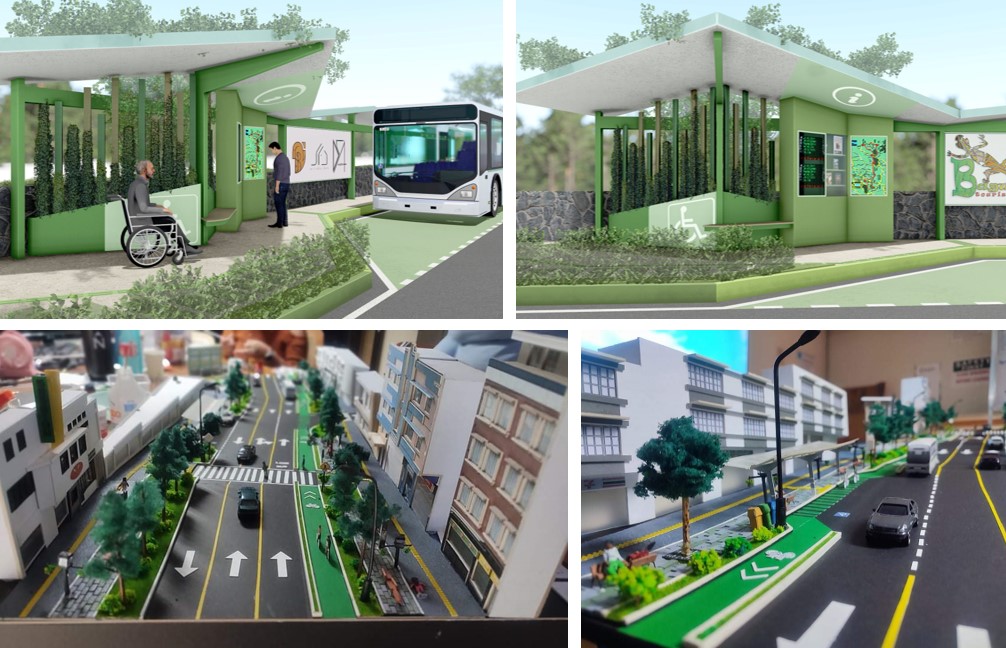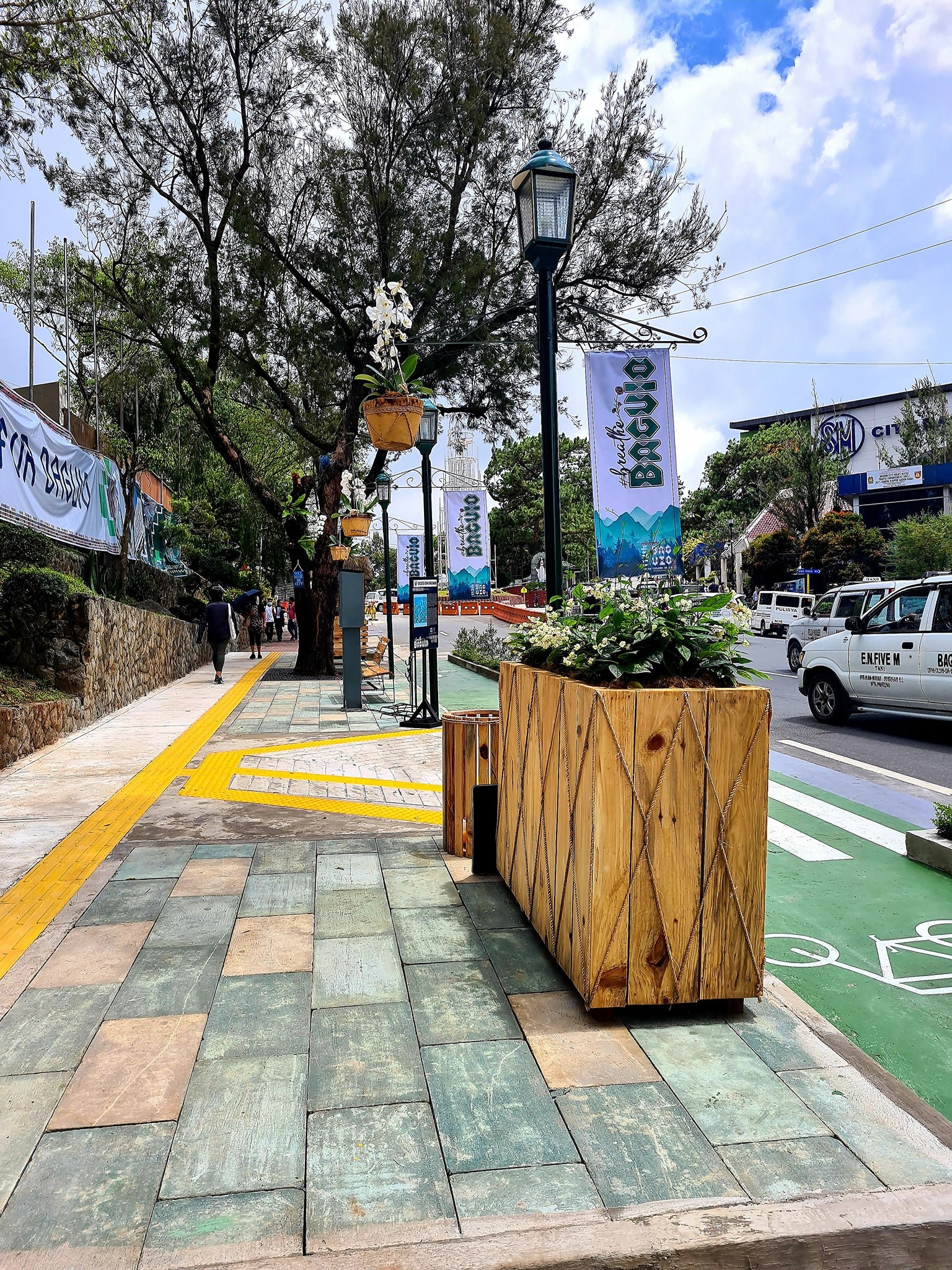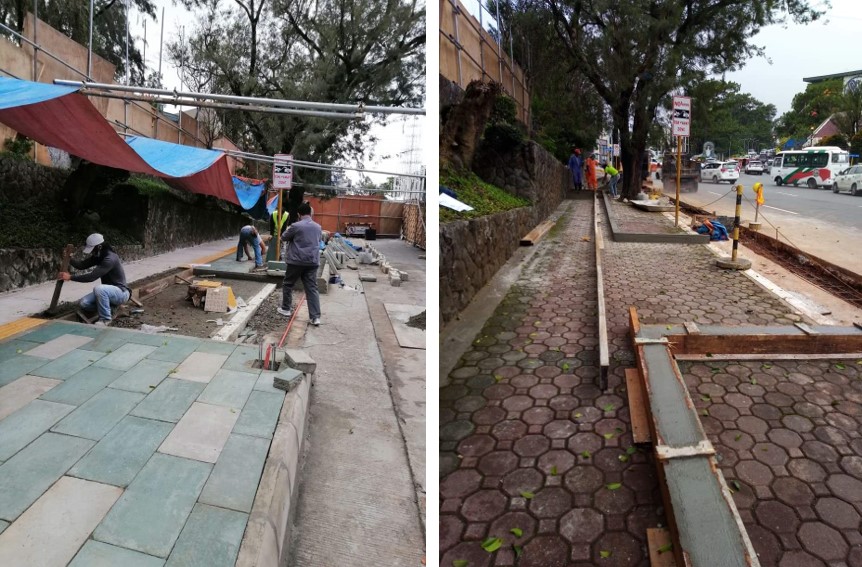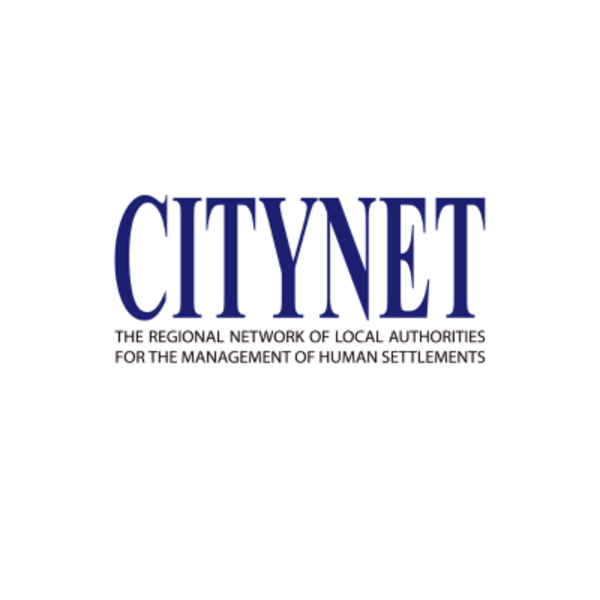Size and population development
As of the 2020 Census, Baguio City had a population of 366,358 inhabitants, making it a major urban centre in the Cordillera Administrative Region. The population has been steadily growing, with estimates suggesting growth to approximately 400,000 by 2024. The city experienced significant growth from 342,200 in 2015 to 366,358 in 2020, representing an increase of over 24,000 people in five years.
Population composition
The city's average household size decreased from 3.8 persons in 2015 to 3.6 persons in 2020, indicating changing family structures. Baguio is known for its diverse population composition, serving as a melting pot for various ethnic groups from the Cordillera region and attracting migrants from across the Philippines due to its cooler climate and educational opportunities.
Main functions
Baguio serves as the summer capital of the Philippines and is the regional centre of the Cordillera Administrative Region. Known as the "City of Pines", it functions as a major educational hub with numerous universities and colleges, a popular tourist destination due to its cool climate and cultural attractions, and an important commercial centre for the northern Philippines. The city is famous for its pine forests, rich cultural heritage, and serves as a gateway to the mountain provinces.
Main industries / business
Baguio's economy is primarily service-based, with tourism, education, and retail trade forming the backbone of economic activity. The city serves as a major commercial hub for the Cordillera region, with extensive wholesale and retail operations serving both local and regional markets. Manufacturing plays an important role through the Baguio City Economic Zone, which houses companies producing textiles, electronics, and consumer goods primarily for export. The education sector is significant, with numerous universities and colleges contributing to the local economy. Tourism remains a vital industry, driven by the city's cool climate, cultural attractions, and position as the "Summer Capital of the Philippines." Financial services and business process outsourcing have also emerged as growing sectors in recent years.
Sources for city budget
The city of Baguio's budget comes from various sources, including local taxes (real property tax, business permits, and local service fees), Internal Revenue Allotment (IRA) from the national government, tourism-related revenues, fees from the economic zone, and grants from national agencies. The city also generates significant revenue from its thriving tourism industry and business registrations.
Political structure
Baguio is governed by a mayor and a city council (Sangguniang Panlungsod). The mayor serves as the chief executive, while the city council acts as the legislative body composed of councillors elected for three-year terms. As a highly urbanised city, Baguio has significant autonomy in local governance and does not fall under provincial jurisdiction, reporting directly to the national government.
Administrative structure
The city of Baguio is divided into 129 barangays (the smallest administrative unit in the Philippines), each with its own barangay council responsible for local community affairs. The central city government oversees citywide policies and services, while barangay governments handle grassroots administration, community services, and local dispute resolution.
Website
https://new.baguio.gov.ph




